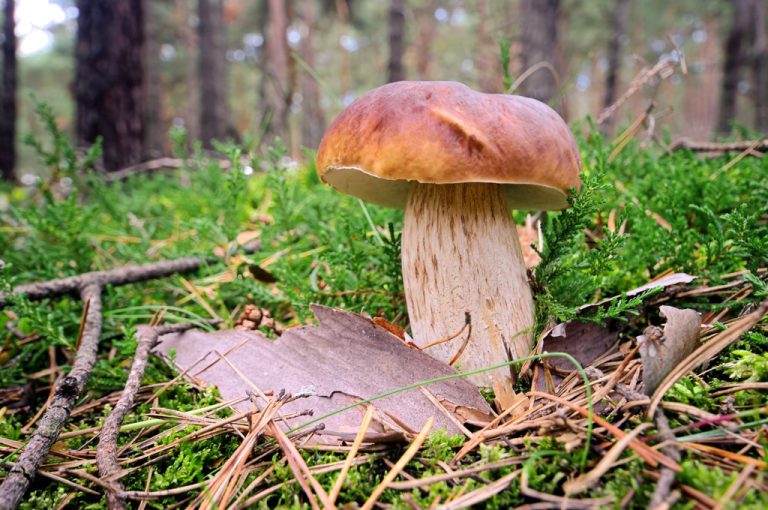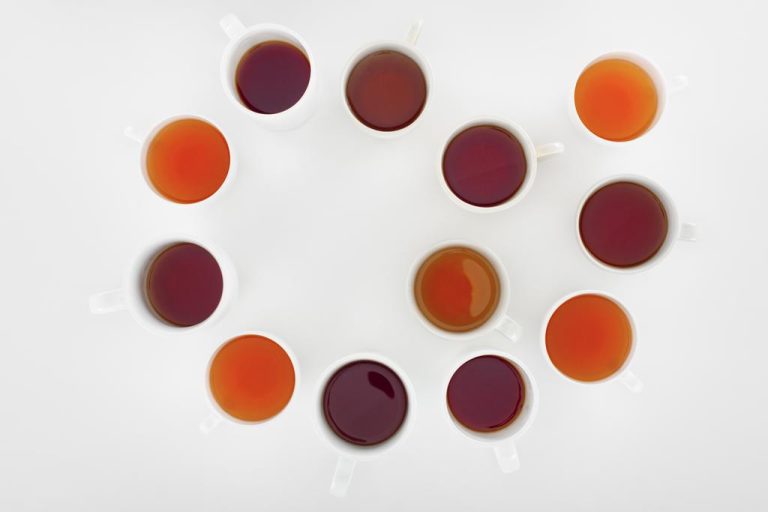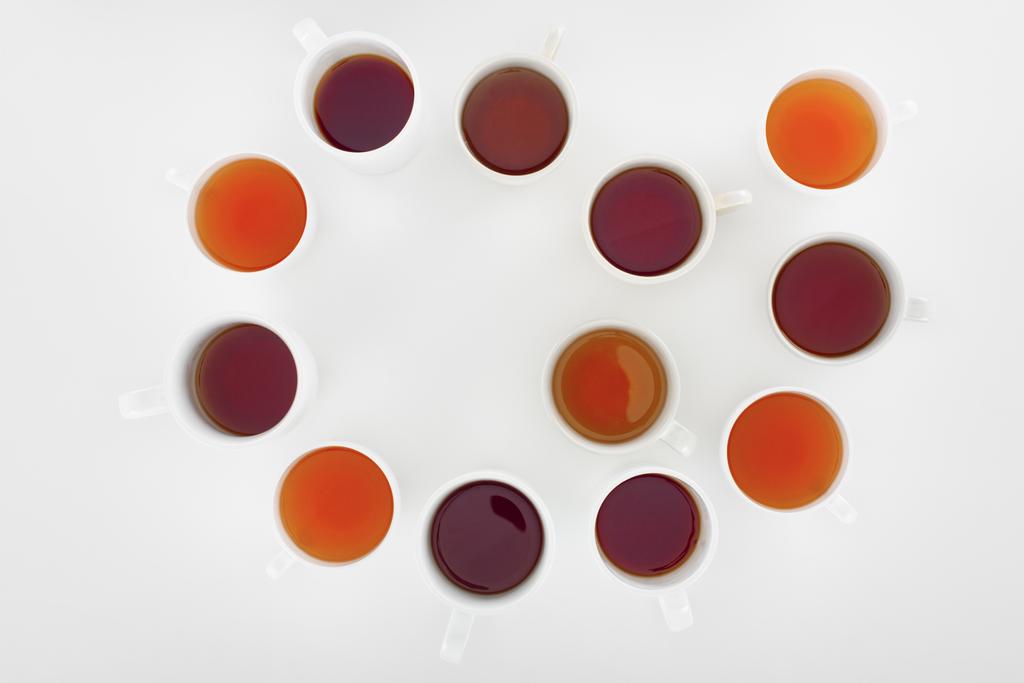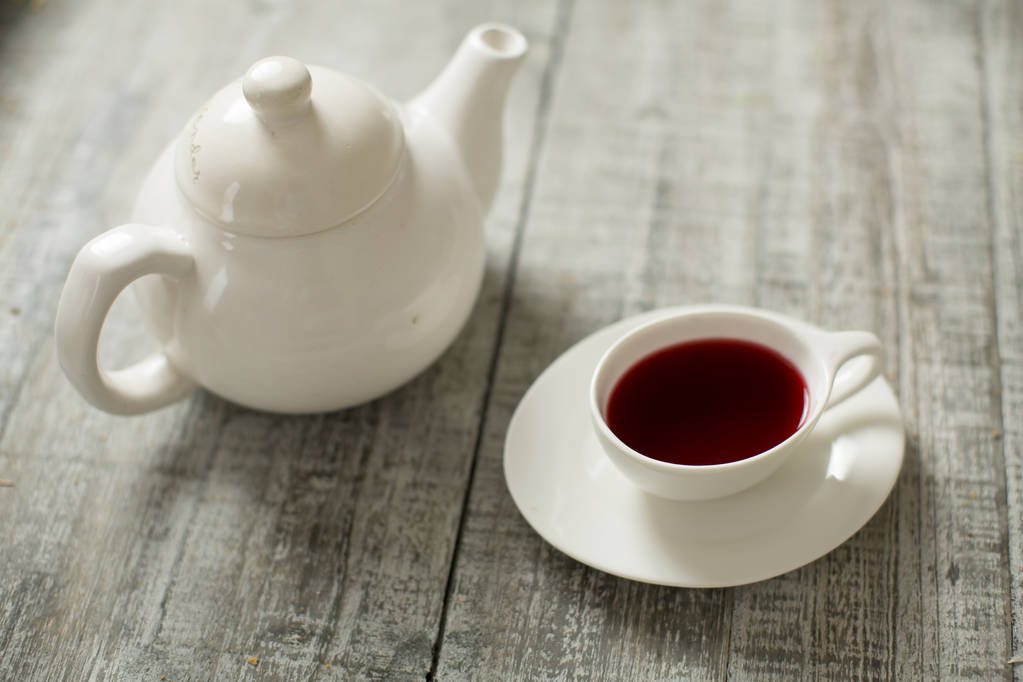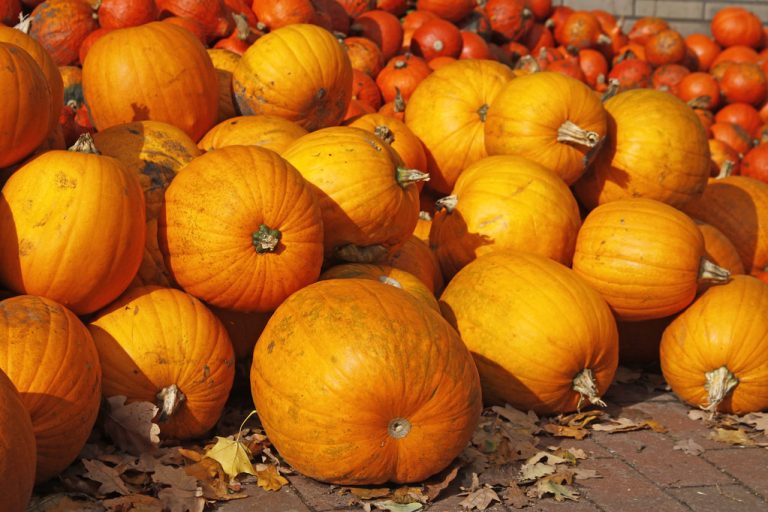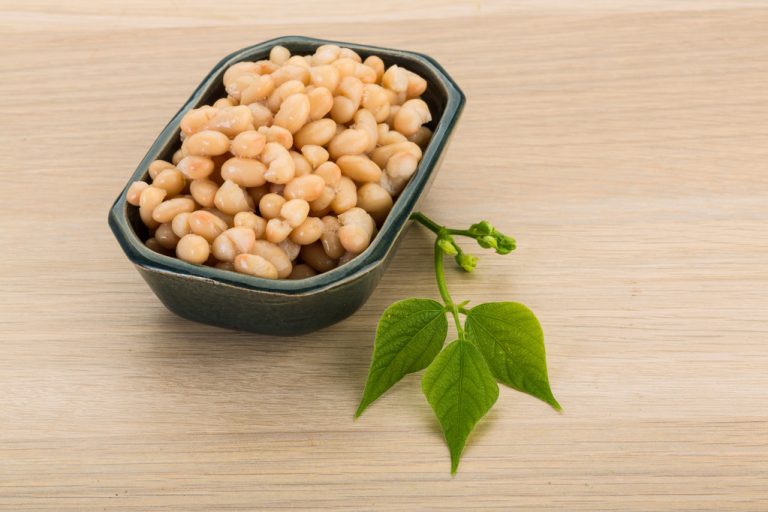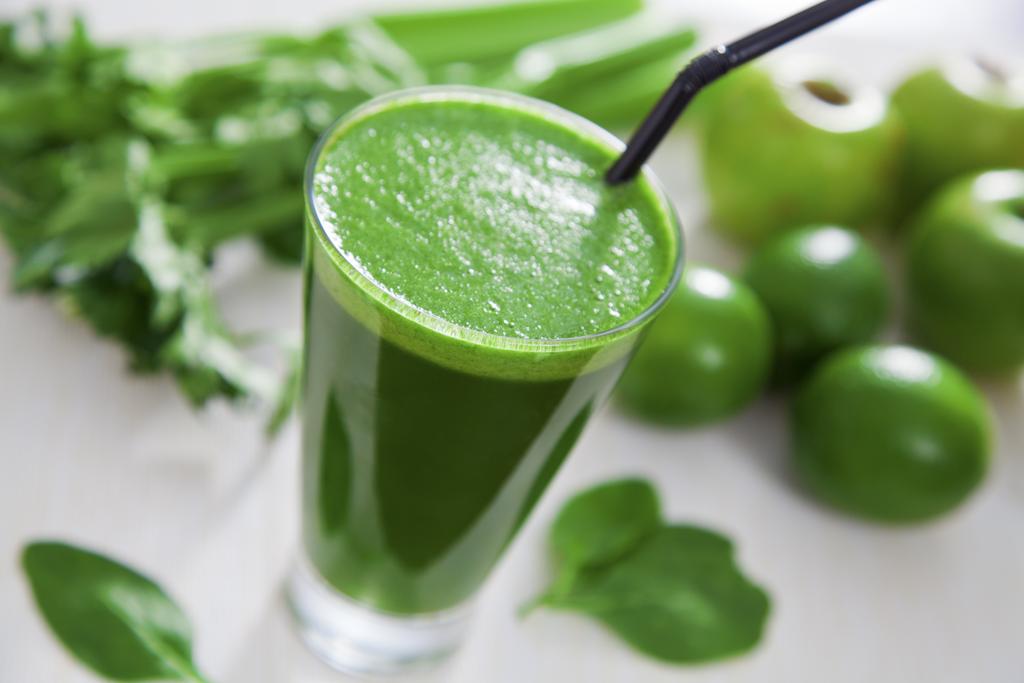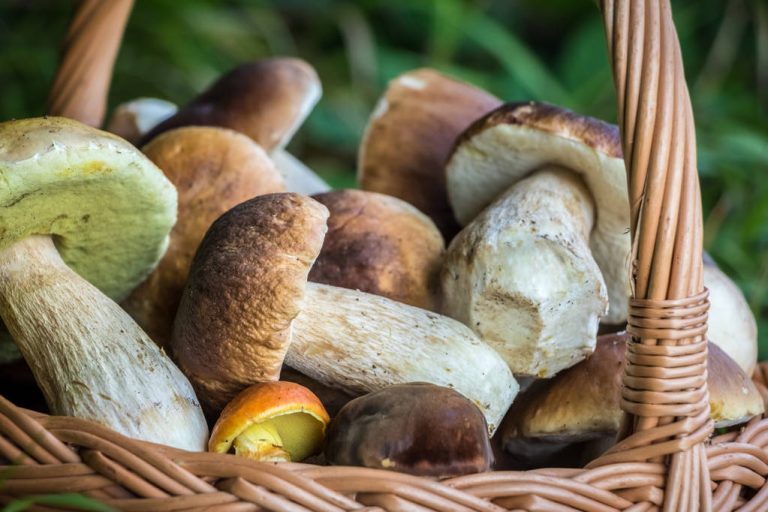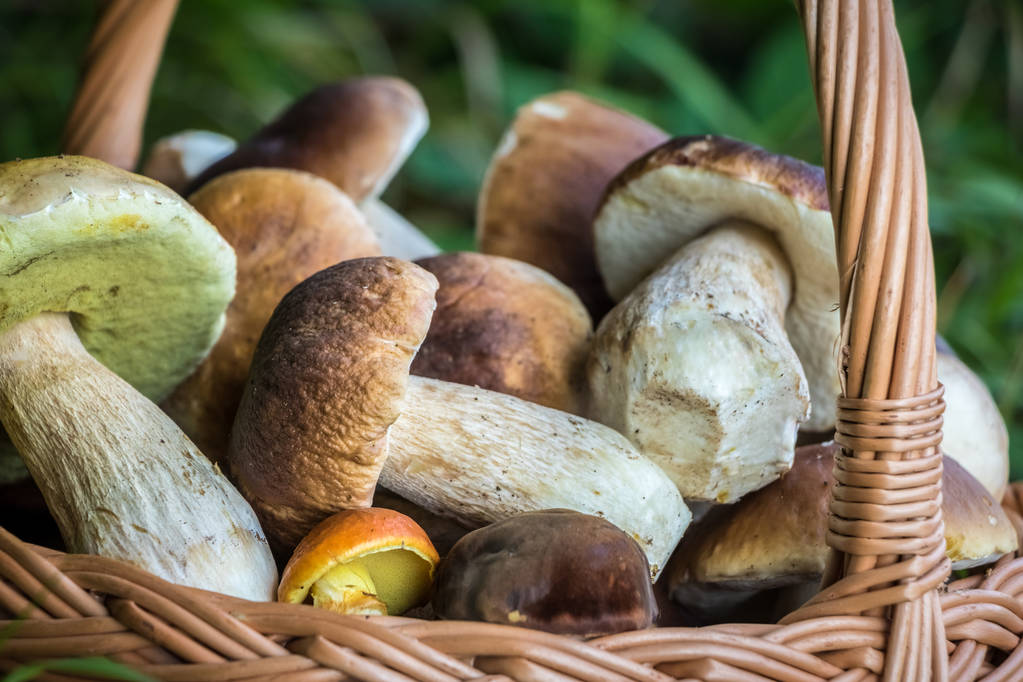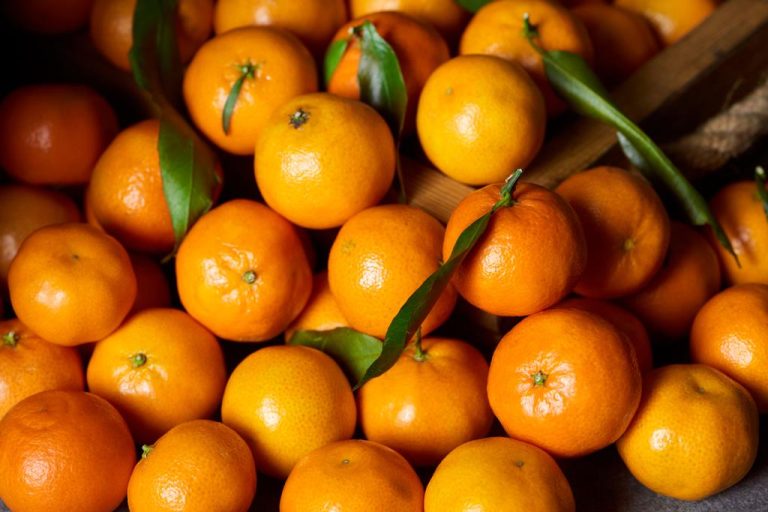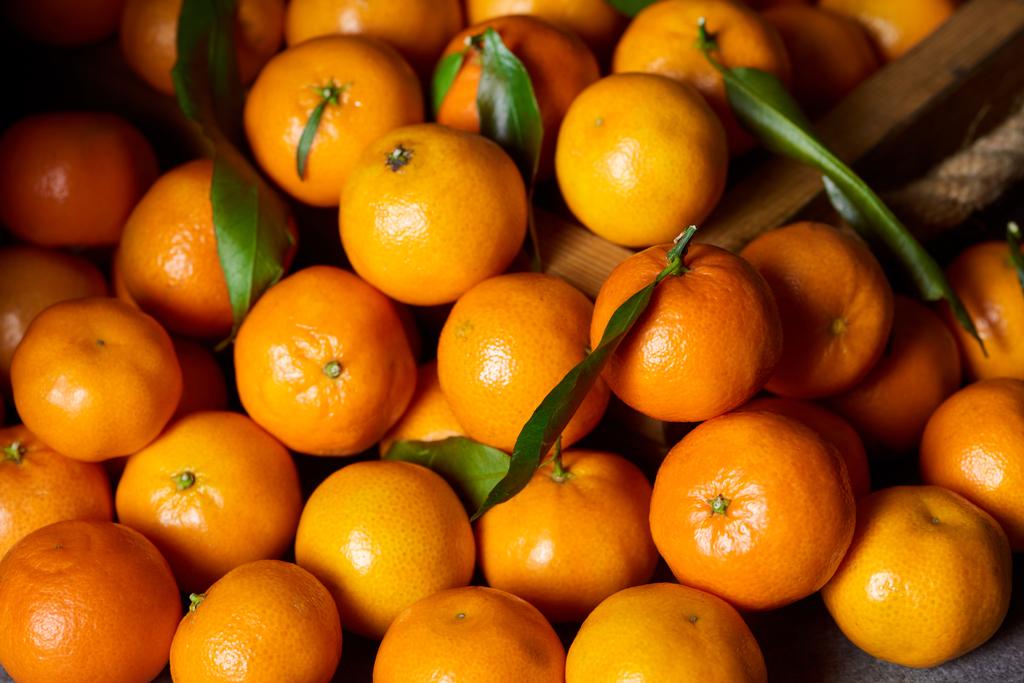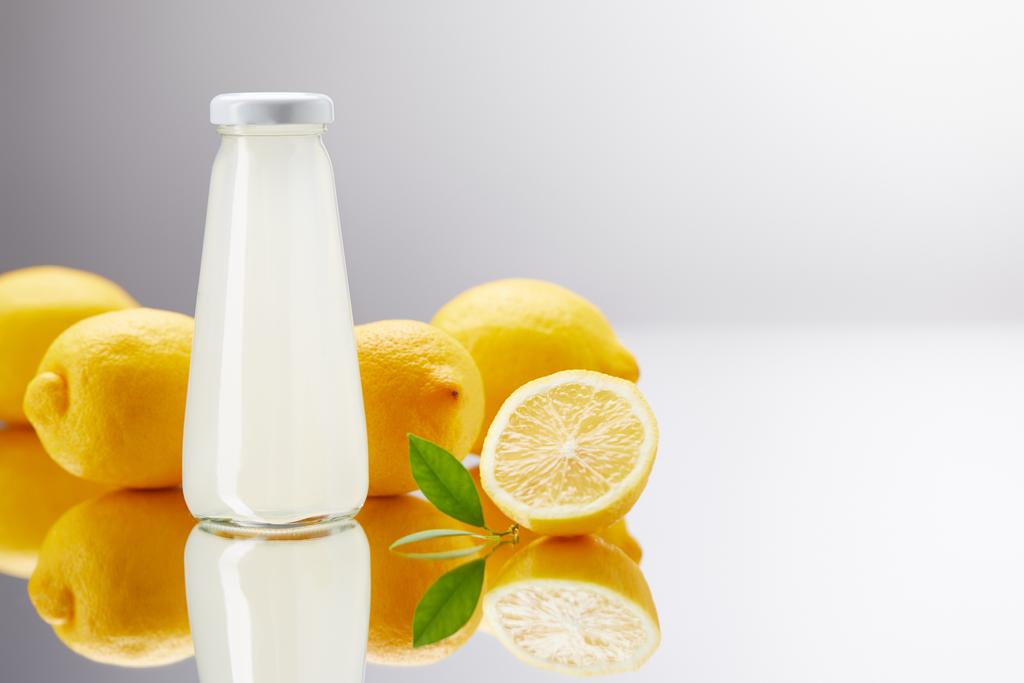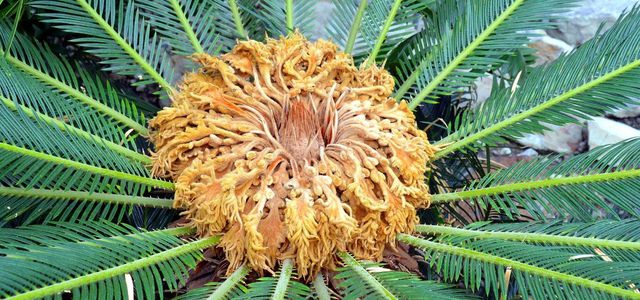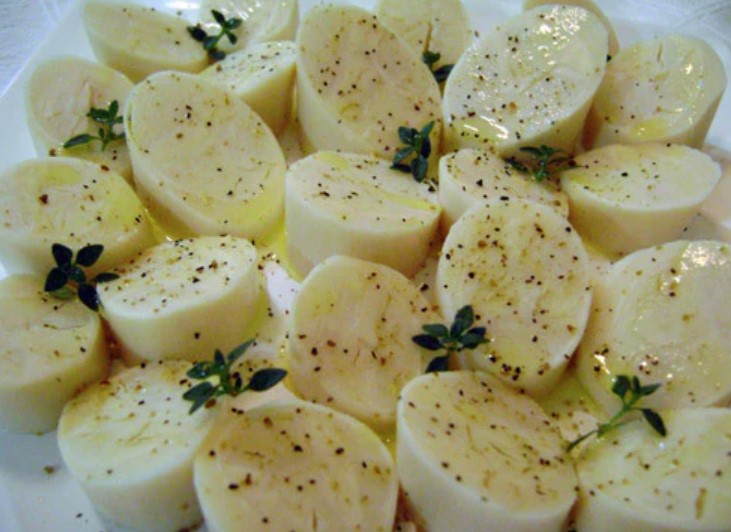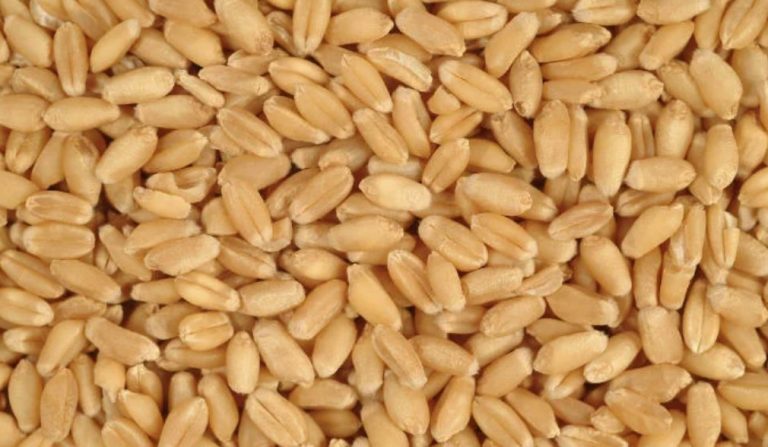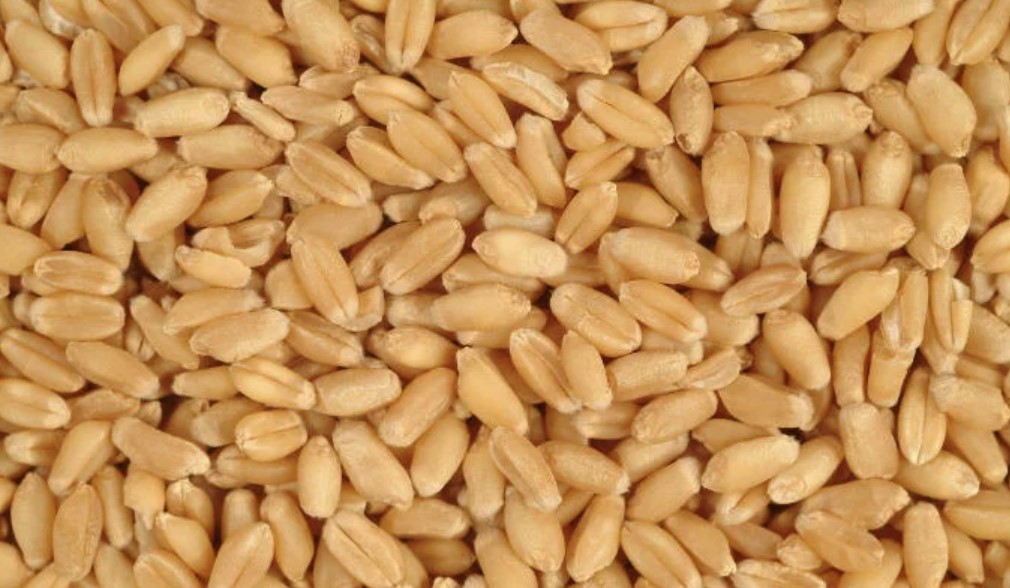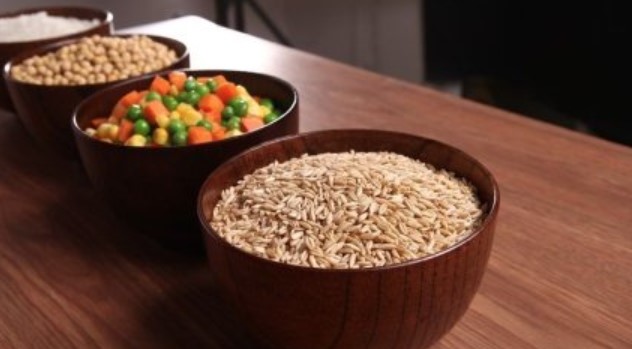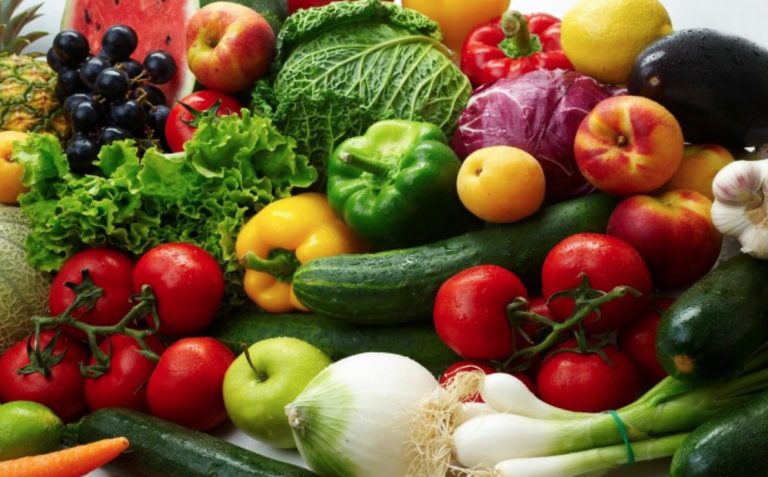Healthy nutrition – everyone talks about it, but hardly anyone knows what it really is. Anyone who tries to finally eat healthily will usually fail miserably after a few weeks. But why is that? And how can you really eat healthy and, ideally, sustainably?
Before you worry about what you eat, you should know what food your body needs – and how much of it. The amount of energy a person needs depends mainly on two things: age and exercise. If you move a little at work or in your free time, you need less energy than someone who moves a lot. If you want to lose weight or are overweight, you should expend more energy than you take in.
If you want to know exactly how much energy you need, you can use an energy balance calculator to find out. And then it’s about the actual diet: The food pyramid offers a good guide to which foods are healthy and in what quantities we should eat them.
Food pyramid: which food groups are important?

The food pyramid shows you what you can eat a lot of – and what rather little:
The lowest level of the pyramid and thus the basis of your diet are drinks: we should drink about 1.5 liters per day – preferably water, unsweetened tea or diluted juice spritzers. If water tastes too boring for you, experiment with cucumber, mint, fruit or ginger to give the water more flavor. Alcoholic beverages and soft drinks such as cola & co. can also be drunk from time to time, but better only on special occasions and then only in moderation.
The 2nd level of the pyramid contains vegetables and fruits: A healthy diet should contain plenty of them – preferably five servings a day. A portion corresponds to your own hand (palm without fingers). That sounds like a lot at first, but it’s easier than you think: For example, eat muesli with fresh seasonal fruit for breakfast in the morning and drink a glass of orange juice or have a few vegetable sticks in between. If you then eat a portion of vegetables as a side dish at lunchtime and maybe a fruit salad for dessert, then you have almost reached the five portions. A small salad for supper in the evening and you’ve already eaten enough fruit and vegetables. Give it a try!
The third place in a healthy diet should be cereals, rice and potatoes. It is best to use whole grain products – they keep you full longer, contain more minerals and provide fiber.
Only then comes the food group of animal products and sources of protein, such as dairy products, eggs, meat and fish. Anyone who eats a vegan or vegetarian diet naturally avoids these animal foods – because proteins are also found in plant products, for example in the form of legumes. A healthy diet also includes vegetable oils and fatty acids from rapeseed or olive oil. Snacks, sweets and other nibbles are at the top of the food pyramid and should only be eaten infrequently.
Of course, it is not that easy to find enough regional vegetables and fruit in winter, but if necessary you can also use the frozen version. In addition, many varieties can be canned, pickled or dried during the high season so that they are preserved even in winter. Have a look here: Preserving food: 3 simple methods.
If you want to check whether you eat according to these recommendations or don’t feel like counting calories, you can also use the “What I eat” app from the Federal Center for Nutrition, for example.
For more variety in the food pyramid
The rule of thumb is: If you want to eat healthily, you should eat as varied a diet as possible. Each level of the food pyramid contains various foods that can provide a varied supply of important nutrients, vitamins and minerals.
In order to get as much variety as possible when choosing vegetables and fruit, it makes sense – and at the same time sustainably – to orientate yourself on the seasonal calendar. In almost every month, different varieties have high season.
Try out fruits and vegetables that you haven’t tried before, or combine them in completely new ways. Of course there are varieties – such as the avocado – that are very healthy, but not regional and only end up on our plates with great transport effort and water consumption. There are often less well-known local species from the region that are just as healthy, tasty and much more sustainable.
Healthy eating starts with shopping
You can already make sure you eat healthy when you go shopping: because once there are cola, chips and chocolate in the kitchen cupboard, they will certainly be eaten. Before you ask yourself what you want to buy, the next time you go shopping, you could ask yourself where you shop.
Do you go to the supermarket around the corner by default? Or a few streets further to the organic or unpackaged shop? Perhaps there is also a (organic) weekly market or an organic farm shop near you? Small regional shops usually offer seasonal food from the region, and you often get good tips on how to prepare it.
There might also be a farmer in your town who delivers crates of vegetables directly to your home. Vegetable boxes mainly contain seasonal vegetables and thus automatically ensure a varied, healthy and sustainable diet. It’s often worth doing a little research before heading back to the supermarket around the corner as usual.
It also makes sense to plan what you want to buy before you go shopping. So you don’t buy anything superfluous or more than you need. When shopping, you should consciously choose which foods go in the shopping basket. In addition to the price and quality, the organic seal or the fair trade label, the list of ingredients and the nutritional information on the packaging can also be helpful.
In general, it is of course better to buy food that is as unprocessed and fresh as possible.
More vitamins and minerals through healthy cooking
Cooking is also part of a healthy diet: vitamins are best preserved when vegetables are prepared “al dente” – i.e. crispy. In general, temperatures that are too high and baking and roasting times that are too long should not be used.
Keeping warm and warming up also destroys vitamins. If you want to save energy at the same time, you should close the lid while cooking – this saves up to a quarter of the electricity – and use the residual heat from the stove.
Habit: In small steps to a healthy diet

It is certainly difficult to eat healthily and on the basis of the food pyramid overnight. This claim is far too high and almost impossible to meet.
Give yourself the time you need to make the dietary changes. It’s completely normal and okay if it doesn’t work out right from the start. Try it with small steps: Instead of the usual chocolate muesli in the morning, you can simply try grain muesli and fresh fruit. But you can also take it slower – try out what works best for you: maybe you can get used to the fruit in the chocolate muesli first.
Despite a healthy diet, it is important not to lose the fun of eating. Deal with the food, find out where it comes from and which recipes you can try out. Healthy eating will soon become a habit.



